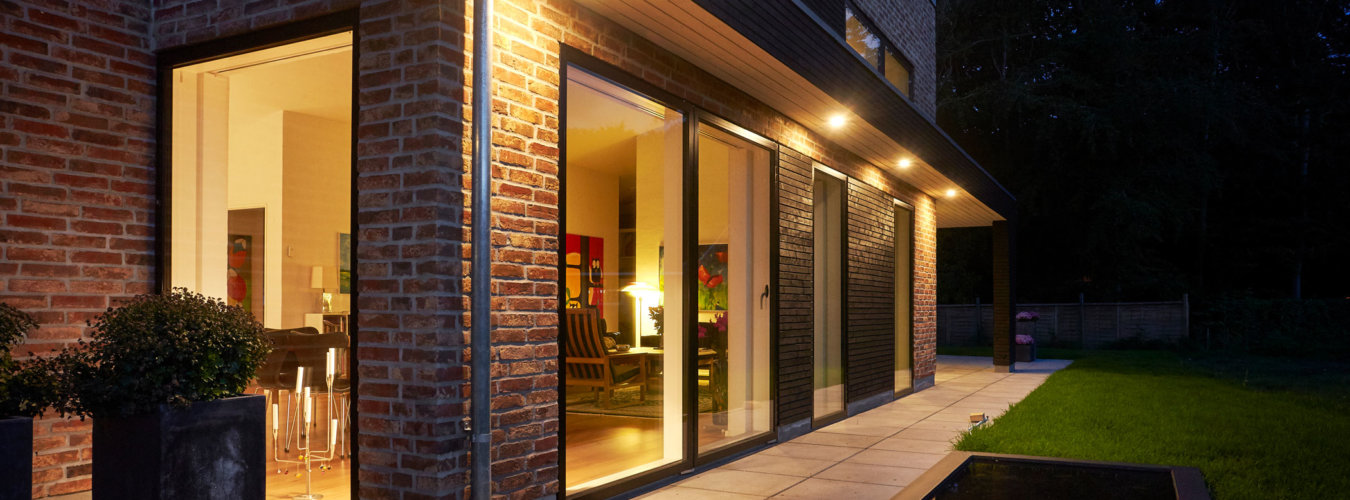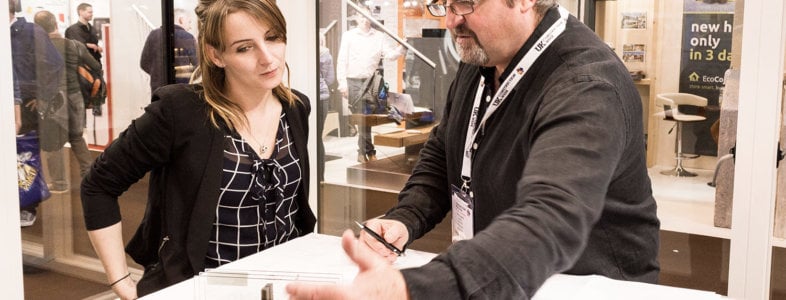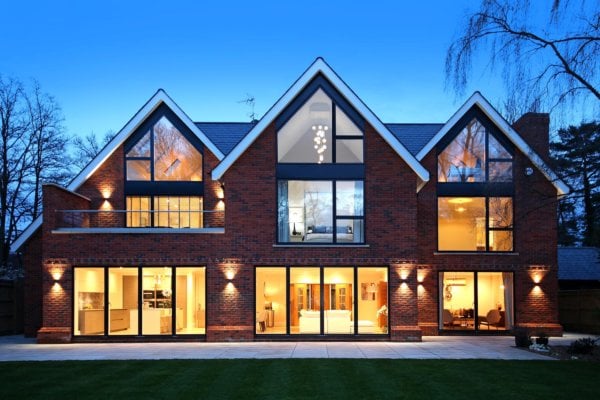Which window opening type to choose?
Regardless which Idealcombi window series you choose there will be plenty of options – will your windows open inward or outward, will it be top guided, side guided or reversible, do you have special requirement in regards to acoustics or design?
Below you can read more about the different window opening functions we offer.
Please note that not all functions are available in all product series.

Topguided
Top guided windows are mostly used where cleaning from the outside and good ventilation is required.
The outward projecting hinges with adjustable friction stays in the jambs maintain the open position. Upon opening, the bottom of the sash moves outwards whilst the top is drawn downwards, thus producing better ventilation. The top guided window is equipped with safety keeps and handle operated espagnolette with adjustable mushroom bolts.
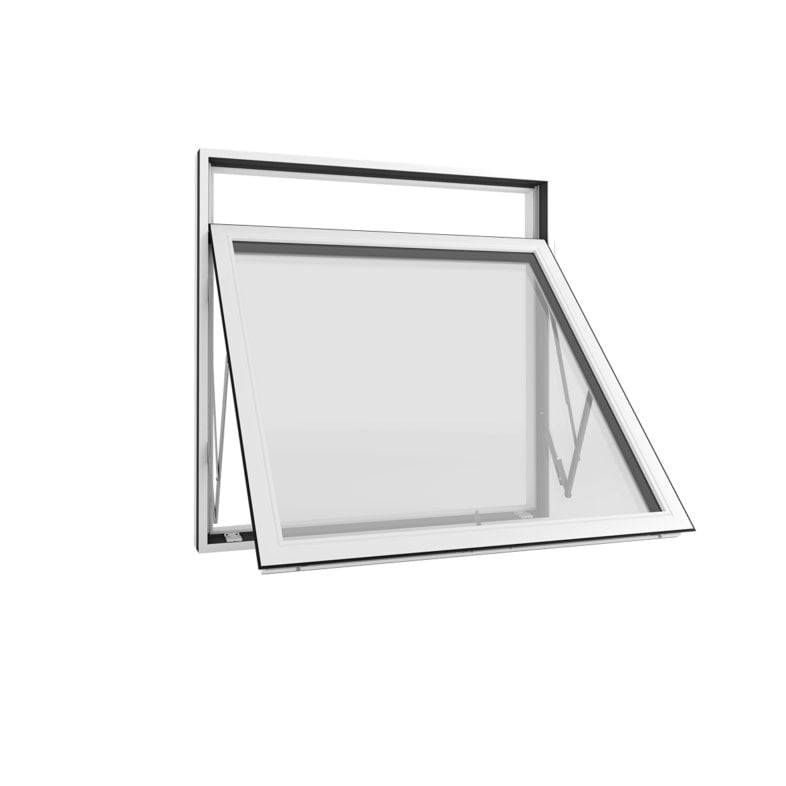
Top swing reversible
Top swing reversible windows are constructed with a top reversible hinge with the mechanism mounted in the jambs. The window is equipped with a safety catch that restricts opening. The sash can be swung through about 170° and held in place securely in the reversed position so that the outside glass can be cleaned from the inside. The sash is held shut by a single handle that operates a multi locking point espagnolette with a night latch.
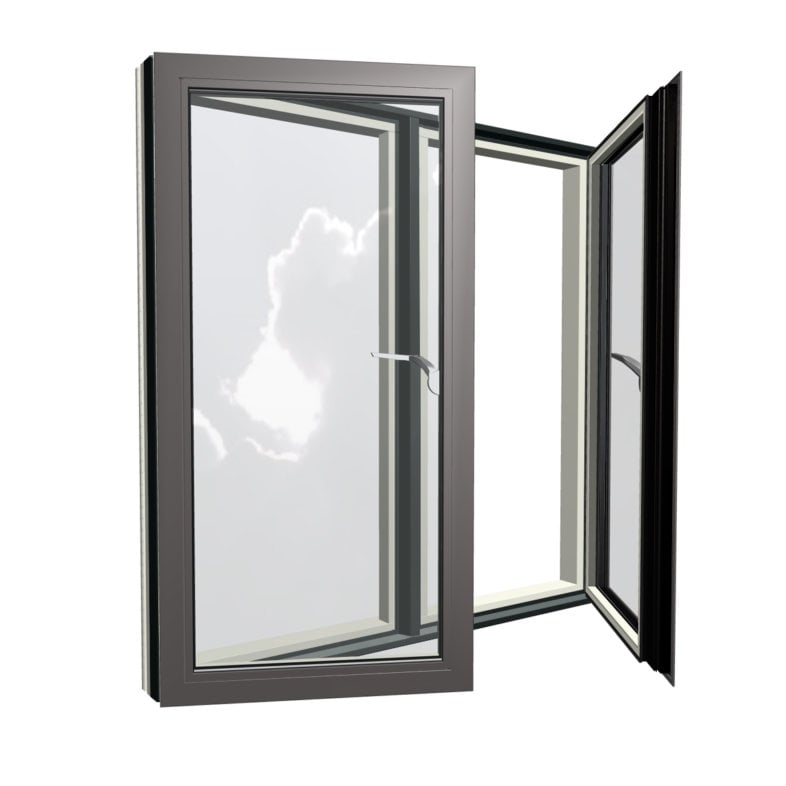
Side hung
Side hung windows are hinged from the jamb using height adjustable butt hinges. The windows are locked with a handle operated multi locking point espagnolette and has a night latch for ventilation. The handle also operates a friction brake to hold the sash open in any position. A floating mullion is available on windows with a pair of side hung windows for one big opening. The master leaf is operated by the handle and the slave leaf is held by flush bolts.

Side guided
The side guided hinges turn the sash through 90° drawing the hinged edge of the sash towards the middle of the opening. The 100 mm gap created allows cleaning from inside of the building. The sash is held shut by a single handle that operates an espagnolette with a night vent position. Friction stays in the head and sill maintains the open position. A floating mullion is available on windows used in pairs for maximum opening widths. The master leaf is operated by handle and the slave leaf is held by a flush bolt.
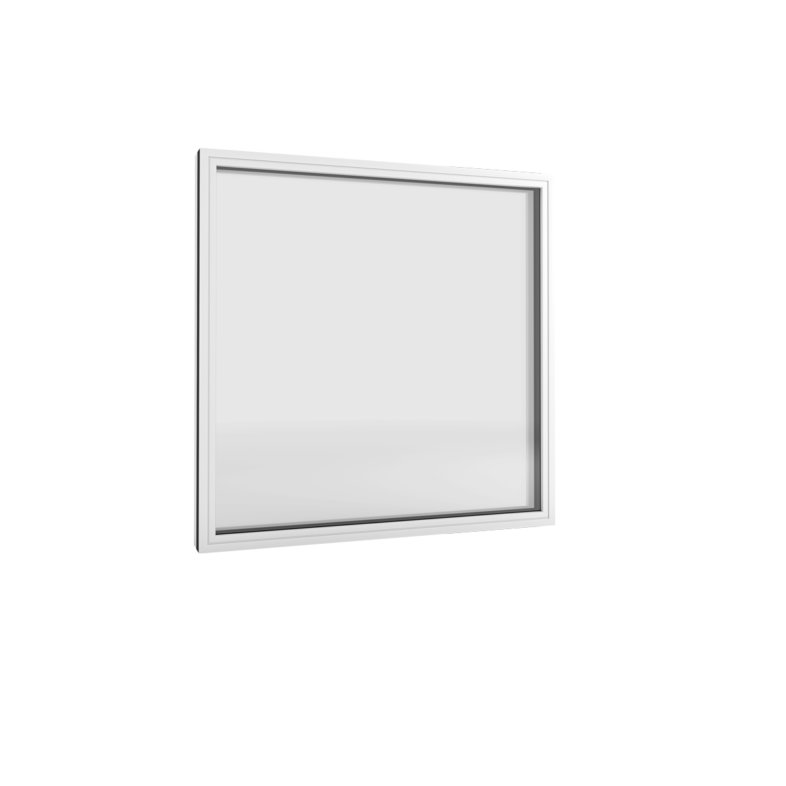
Fixed light window
Fixed lights are often used in combination with opening sashes. The fixed light is only used as a light source in the fenestration of a building or as a spandrel panel with opaque glass to create a false window.
Fixed lights consist of glazing fitted directly into the frame without any kind of opening function.
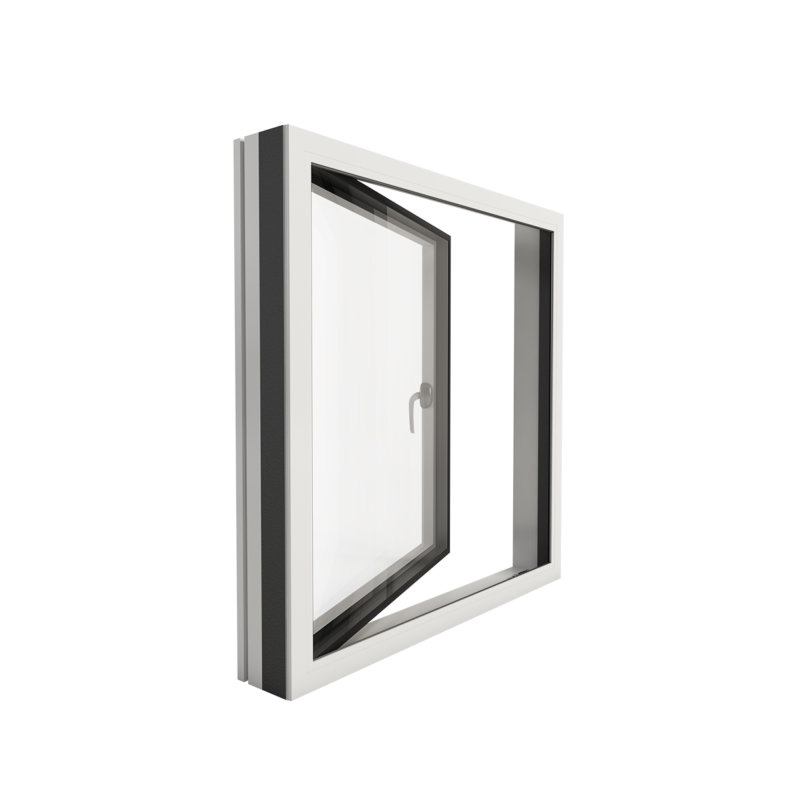
Tilt-turn window
Both tilt and turn functions are controlled by the same espagnolette mechanism operated by a handle on the side of the sash. When closed, the handle is in the downwards position. The tilt (bottom hung) function is achieved by turning the handle 90° into the horizontal position and the side hung function by turning the handle to the 180° upright position. When in tilt function the top of the sash opens 100-150 mm inwards with an opening of approx. 20 mm depending on sash height.
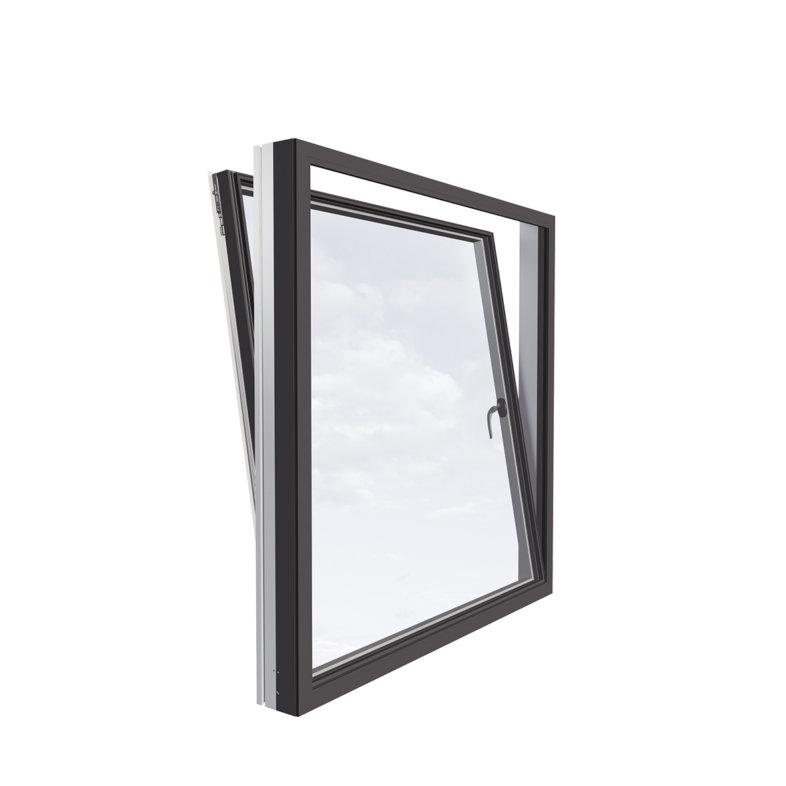
Tilt window
The tilt window is inward opening with a bottom hung function. The function is controlled by an espagnolette mechanism controlled by a single handle on either the side or the top depending on the size of the sash. The tilt function is achieved by turning the handle 90°. The tilt function will normally open to approx. 20 mm free opening depending on the height of the sash.

Glass to glass corner
The glass to glass corner window is used as an architectural feature where maximum light can penetrate the structure from two sides avoiding heavy looking profiles. This is essential for areas where the view from the building should be emphasised.
The glass to glass corner is essentially a fixed light with two panes of glass jointed vertically at 90° to each other. This is not a load bearing frame.

Louvre panel
Louvre shutters are fixed frames with a louvre cassette to the outside and an insulated inner hatch that opens from the inside. The inner hatch is side hung on height adjustable butt hinges and is secured by a handle that operates a multi-locking point mechanism. An insect mesh is built in behind the louvre as standard. The internal hatch can be omitted if required.

Acoustic window
Acoustic windows are constructed as top guided, side hung, side guided and fixed windows with an inward opening secondary sash. The external sash has a handle operated multi locking point espagnolette and a night vent position. The handle also operates a friction brake to hold the sash whilst in the open position. The secondary sash is operated with a small locking mechanism which holds the sash closed.
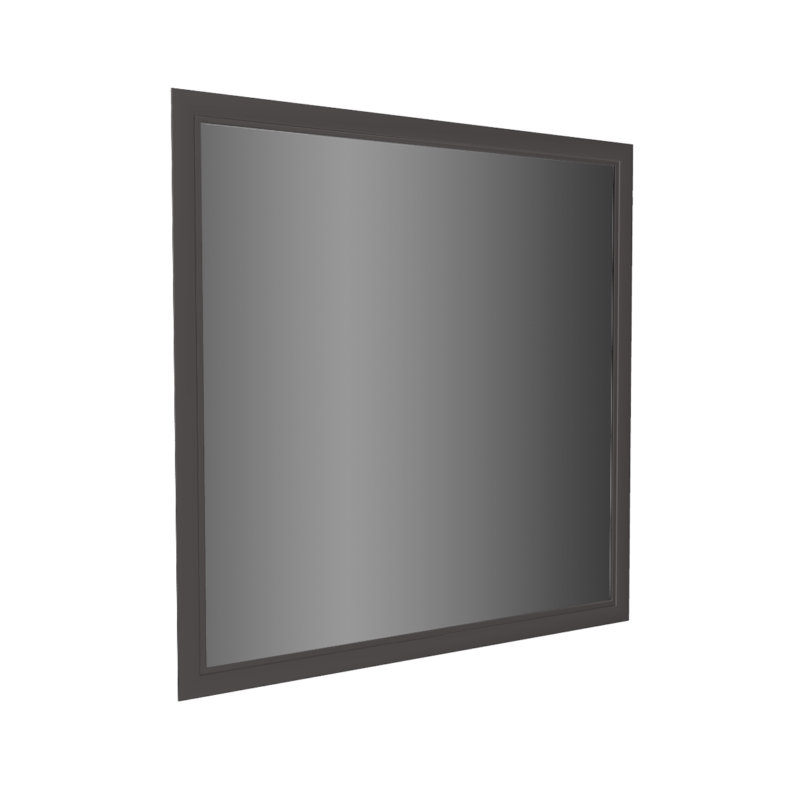
Facade panel
The facade panel is a frameless sash fixed using a bracket system onto the underlying structure. The sash can be glazed with a variety of opaque panels for example: enamelled glass, aluminium panels or a variety of other boarding options.
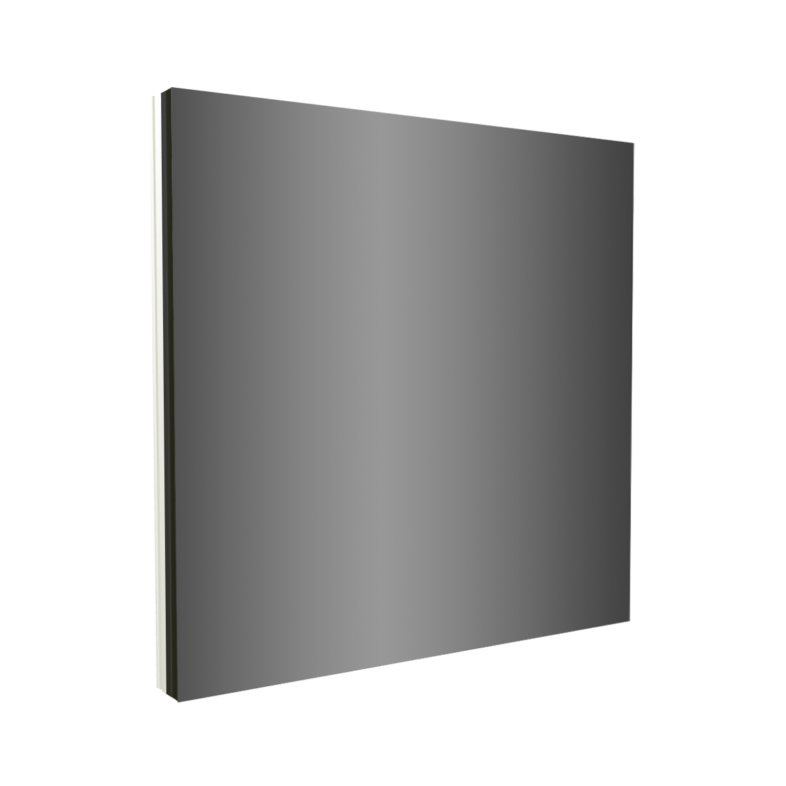
Flat screen panel
The flat screen panels are formed of aluminium panels, finished in a polyester powder coating and mounted on Futura+ wooden frames.
Please note that not all functions are available in all product series.
[helpful]
